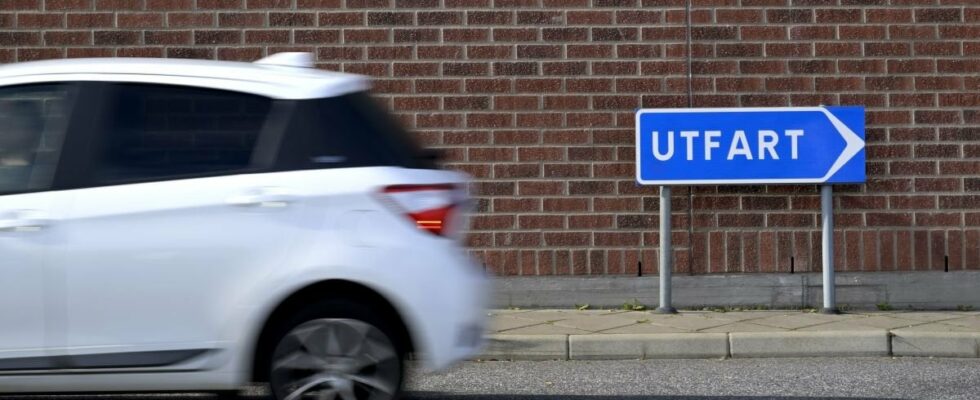In Sweden, the right-hand rule is the basic rule when two vehicles meet. However, it does not apply where signs, traffic signals or other circumstances regulate who must give way.
One of these circumstances is where the exit rule applies, but then the question is when that is the case. Here we clarify the concepts.
If you want to read more about what the right-hand rule means, you can do so here.
Read more: The threat to small associations: the EU requires expensive charging posts
What does the exit rule mean?
The exit rule means that you, as the driver of a vehicle, are obliged to yield to all vehicles when you enter a road.
Being obliged to turn means that you must either stop or reduce your speed in good time, and that you may only drive on if you can do this without it being a danger or obstacle.
The Swedish Transport Agency defines a vehicle as “a device on wheels, tracks, tracks or the like which is set up mainly for travel on the ground and does not run on rails”.
The exit rule thus applies not only to cars, buses, motorcycles and buses, but also, for example, to horse-drawn carriages, bicycles or mopeds.
Read more: Bright spots on the rear window? Here is the reason
As for the exit rule?
There are a number of different scenarios in traffic where the exit rule applies.
It also applies if you enter a road from a parking lot, a property, a gas station, or a similar area.
The rule also applies if you enter a road from a path, a property road or a similar exit. A property road is, for example, a forest road that runs over someone’s private land.
According to the exit rule, you are also obliged to turn if you enter a road from a cycle lane, a road crossing, a pedestrian street, a pedestrian area, or from off-road.
Last but not least, the exit rule applies even if you have crossed a footpath or cycle path.
Read more: Best electric car right now – according to Norwegian experts
